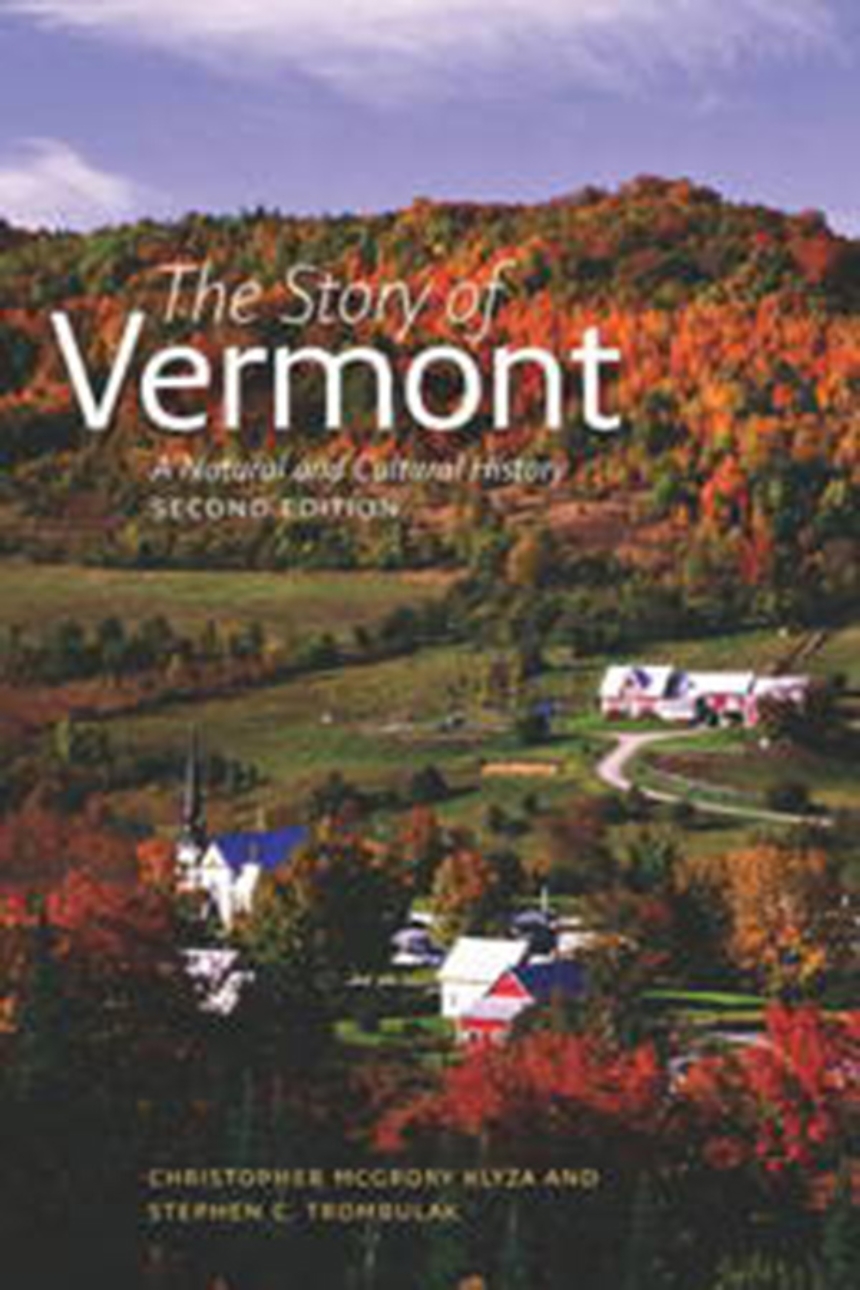9781611684025
9781611686869
Distributed for University Press of New England
The Story of Vermont
A Natural and Cultural History, Second Edition
In this second edition of their classic text, Klyza and Trombulak use the lens of interconnectedness to examine the geological, ecological, and cultural forces that came together to produce contemporary Vermont. They assess the changing landscape and its inhabitants from its pre-human evolution up to the present, with special focus on forests, open terrestrial habitats, and the aquatic environment. This edition features a new chapter covering from 1995 to 2013 and a thoroughly revised chapter on the futures of Vermont, which include discussions of Tropical Storm Irene, climate change, eco-regional planning, and the resurgence of interest in local food and energy production. Integrating key themes of ecological change into a historical narrative, this book imparts specific information about Vermont, speculates on its future, and fosters an appreciation of the complex synergy of forces that shaped this region. This volume will interest scholars, students, and Vermonters intrigued by the state’s long-term natural and human history.
Table of Contents
List of Illustrations and Tables • Foreword by Bill McKibben • Acknowledgments • Introduction • THE PAST AS PRELUDE: THE EARLY EVOLUTION OF VERMONT’S LANDSCAPE • The Surface of the Earth • The Earliest Landscape • The Taconic Orogeny • The Acadian Orogeny • The Alleghanian Orogeny and the Formation of Pangaea • North America Today • The Recent Ice Age • THE FIRST COLONISTS • The Retreat of the Glaciers • Colonization of the Landscape • Humans Inhabit Vermont • The Landscape Today • EUROPEAN SETTLEMENT AND THE FOUNDING OF VERMONT • Native-European Interaction • Colonial Vermont • The Founding of Vermont and the Vermont Republic • Vermont Joins the United States • A LANDSCAPE TRANSFORMED: THE VERMONT LANDSCAPE FROM STATEHOOD THROUGH THE CIVIL WAR • Changing the Landscape: Cutting the Forests • Changing the Landscape: Agriculture • Ecological Transformations • Populating Vermont: People Come, People Go • Mining and Manufacturing • Connecting with the World beyond Vermont: Roads, Canals, and Railroads • THE RETURN OF THE FOREST: THE VERMONT LANDSCAPE FROM THE CIVIL WAR THROUGH 1950 • Farming Declines, Forests Begin to Recover • The Rise of Conservation and Public Lands • A Slowdown in Human Population Growth • Admiring Scenery, Skiing Down Mountains: The Rise of Tourism • Mining, Industry, and Infrastructure • CREATING THE MODERN VERMONT LANDSCAPE, 1950–1995 • Population Growth, Interstate Highways, Development Pressures, and Act 250 • From Forestland to Farmland to Funland: Tourism and the Vermont Landscape • The Components of the Pastoral Landscape • Continued Ecological Transitions • Protecting the Vermont Landscape: Public Lands and Conservation • Industry, Energy, and Pollution • VERMONT ENTERS THE TWENTY-FIRST CENTURY, 1995–2013 • Population Growth and Development • “The Working Landscape”: Farms, Forests, and Tourism • Conservation: Public Lands, Land Trusts, and Wildlife • Pollution, Climate Change, and Energy • THE FUTURES OF VERMONT • REFERENCES • Geology of Vermont • Ecology of Vermont • Humans and the Landscape in Vermont • Sources for Illustrations and Tables • Index
